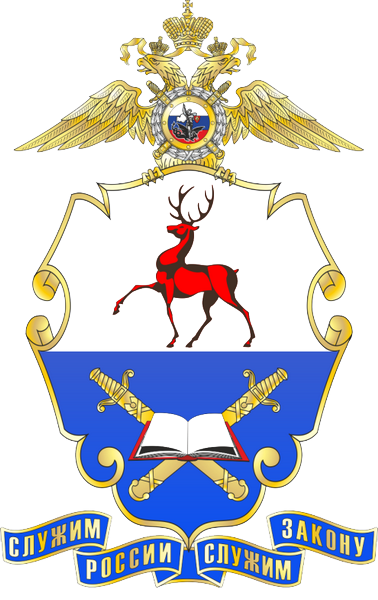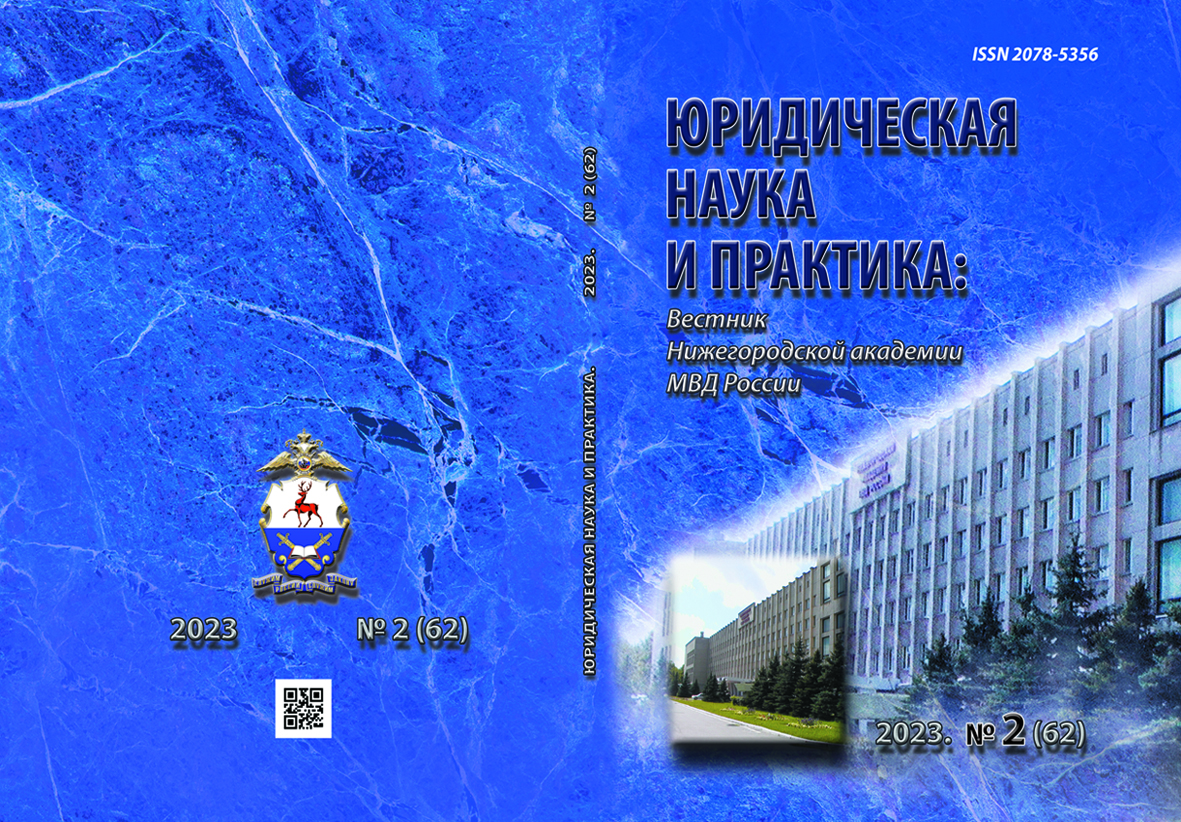Russian Federation
Abstract. The article illustrates the criminological and criminalistic aspects of the operational and investigative characteristics of crimes under article 172 of the Criminal Code of the Russian Federation, using the example of criminal mechanisms of shadow collection. The emphasis is placed on the causes and conditions that contribute to the formation and increasingly active implementation of relatively new mechanisms for “cashing out funds”. The special role of criminal aspects of the functioning of the construction sphere of activity and the sphere of production/turnover of building materials and equipment in the formation and development of “shadow collection” mechanisms is argued. Attention is paid to the analysis of the relationship and mutual conditionality of criminal processes occurring in the areas of activity under consideration. The mechanism of shadow collection is illustrated graphically in the form of a diagram, followed by its step-by-step detailing, where the essence of each successive stage of the general mechanism of criminal relations is described in sufficient detail. The specifics of concealment from the collection of cash that comes from the population to organizations that sell construction materials and equipment are disclosed. The mechanism of transfer of these funds to “cashiers” and further to “cash customers” with subsequent compensation of the money supply through the transfer of non-cash funds is described.
illegal banking, shadow collection, cash withdrawal, cash, mechanisms of criminal activity, one-day firms, formally legitimate organizations, construction sector, turnover of construction materials and equipment, shadow economy, EBiPK divisions
1. Degotkova I., Vinogradova E. Real disposable incomes of Russians resumed the decline. RBC. Economy, 2022, April 27. URL: https://www.rbc.ru/economics/27/04/2022/62693bde9a7947022f9ed92a (accessed 16.08.2022). (In Russ.)
2. In 2021 prices for basic building materials increased by 16-38%. Unified resource of developers, 2022, January 21. URL: https://erzrf.ru/news/v-2021-godu-tseny-na-osnovnyye-stroymaterialy-vyrosli-na-1638 (accessed 20.02.2022). (In Russ.)
3. Bodryashkin Ya. The Ministry of Labor proposed to reduce quotas for migrant workers to 78 thousand in 2022. URL: https://www.gazeta.ru/business/news/2022/11/09/18989863.shtml (accessed 20.02.2022). (In Russ.)
4. Pavlov A. S. Public procurement in construction - a critical review. Bulletin of MGSU, 2022, no. 3, pp. 377-385. URL: https://cyberleninka.ru/article/n/gosudarstvennye-zakupki-v-stroitelstve-kriticheskiy-obzor (accessed 27.02.2023). (In Russ.)
5. Soloviev V. P. Tasks of the expert evaluation of types and objects of investment and construction activities. Reports of the International Symposium “Development of the investment and construction sector in modern Russia: experience, problems, strategies”. Kazan, 2010. Pp. 95-97. (In Russ.)
6. Gallyamova D. H., Yakovlev A. A. Cost management in the investment and construction sector. Economics and management, 2012, no. 1 (75). URL: https://cyberleninka.ru/article/n/upravlenie-izderzhkami-v-investitsionno-stroitelnoy-sfere (accessed 21.02.2023). (In Russ.)
7. How much does the employer pay for the employee. Regberry.ru, 2022, December 29. URL: https://www.regberry.ru/malyy-biznes/skolko-platit-rabotodatel-za-rabotnika (accessed 16.08.2022). (In Russ.)
8. Goryacheva E. N. Criminalization of the construction complex of Russia as a threat to the economic security of the industry. Bulletin of the Moscow University of the Ministry of Internal Affairs of Russia, 2019, no. 6, pp. 289-292. URL: https://cyberleninka.ru/article/n/kriminalizatsiya-stroitelnogo-kompleksa-rossii-kak-ugroza-ekonomi cheskoy-bezopasnost-otrasli (accessed 21.02.2023). (In Russ.)
9. Degotkova I. Experts estimated the average size of kickbacks in public procurement. More than 70 % of suppliers face corrupt payments. RBC. Economy, 2021, December 20. URL: https://www.rbc.ru/economics/20/12/2021/61bc5d059a794770833e7b51 (accessed 16.08.2022). (In Russ.)
10. Criminological characteristics of “Kickbacks” in modern Russia / A. L. Aristarkhov [and others]; gen. ed. by R. V. Zhubrina. Moscow: Yurlitinform Publ., 2016. 248 p. (In Russ.)
11. Telitsyn N. A. On the question of the development of criminal mechanisms of “shadow collection” and the strong influence of the construction sector of the economy on them. Legal Science and practice: Bulletin of the Nizhny Novgorod Academy of the Ministry of Internal Affairs of Russia, 2022, no. 4 (60), pp. 161-166. URL: https://doi.org/10.36511/2078-5356-2022-4-161-166. (accessed 21.02.2023). (In Russ.)
12. Typology of schemes of “shadow” collection. Administration of the Engels municipal district. URL: https://www.engels-city.ru/prokuror-raz-yasnyaet/57701-tipologiya-skhem-tenevoj-inkassatsii (accessed 21.02.2023). (In Russ.)
13. Typology of “Shadow collection”. Dogma. Legal center. January 28, 2019. URL: https://dogma58.com/zakony/tipologiya-tenevaya-inkassacziya/ (accessed 21.02.2023). (In Russ.)












